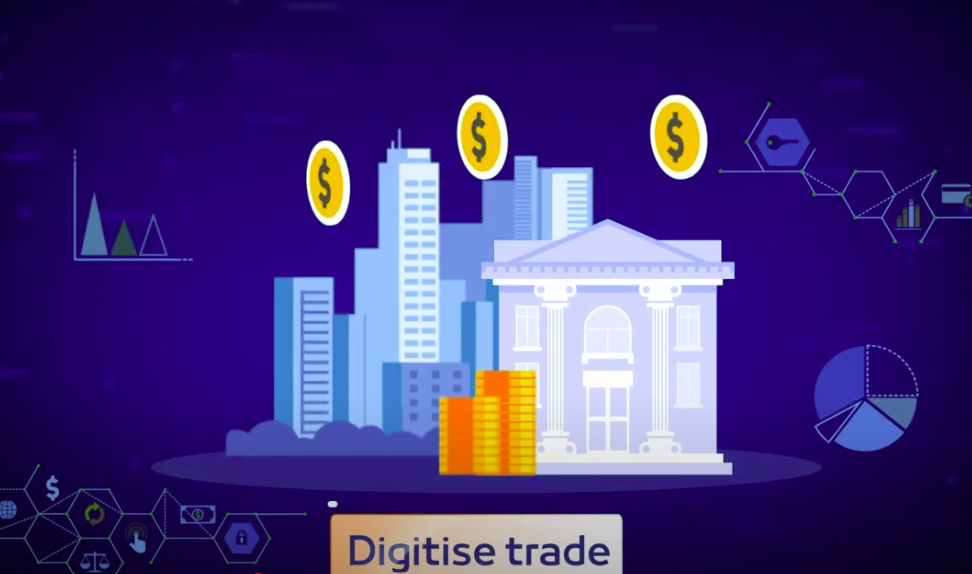Digitising the client transactional journey
The future of trade finance will be defined by smarter systems, simplified processes and meaningful partnerships
Trade finance has long supported the global movement of goods and payments. It provides the infrastructure that allows buyers and sellers to transact confidently across borders. But while trade volumes have grown, the systems behind trade finance have often struggled to keep pace.
For years, trade finance relied on manual processes. Physical paperwork, emails and long approval cycles were common. This approach slowed transactions, introduced risks and increased costs. As trade became more complex, the limitations of this model grew harder to ignore.
Now, the sector is being reshaped by technology. Automation is streamlining document handling. Artificial intelligence (AI) is improving compliance checks. Digital platforms are helping banks and clients collaborate more efficiently. And increasingly, banks are focusing on improving the client experience by simplifying how businesses interact with trade finance services.
This shift is not only about speeding up transactions. It is about giving clients better control, transparency and insight across the entire trade cycle. The result is a more responsive system that is better aligned with the needs of modern businesses.
Discover why digitisation is redefining the future of transaction banking. Join us on Wednesday 5th November 2025, 13:00–14:00 PM (GST) for our webinar Revolutionising Treasury – Transformation is Key in the Age of Disruption. Hear directly from industry leaders on how technology is reshaping treasury and what it means for your business.
Register now to secure your spot: Webinar Registration – Zoom



